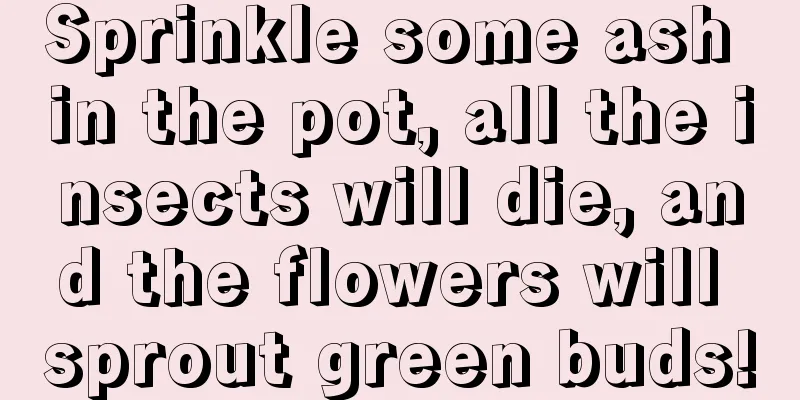Is heather suitable for domestic cultivation?

1. Is it suitable for domestic breeding?There are many varieties of heather, some can grow up to 150 cm tall, while others are only 10-20 cm. Some taller species are more difficult to maintain, but if there is enough space, they can be grown. It is suitable to choose some shorter varieties for domestic breeding, which are both beautiful and easy to care for. 2. Benefits of domestication1. Beautify the environment: Heather has a high ornamental value. It has many varieties, so the colors of the flowers are also diverse, and they look beautiful when matched with each other. 2. Purify the air: As a green plant, heather naturally has the ability to purify the air. Through photosynthesis, it can absorb carbon dioxide in the room and release oxygen to make the indoor air clear. 3. Edible value: Heather itself is rich in various nutrients and can be used to make tea. Take out its stamens and brew them with honey and sugar to relieve fatigue. Because it has a sour taste, drinking it directly with water may affect the taste. 4. Beauty effect: Substances that increase skin resistance can be extracted from the rhizomes of heather. It can relieve the redness of the skin and restore a healthy and bright complexion. |
<<: How many days to water heather
>>: How to grow potted heather
Recommend
Can rice bran be used to grow flowers (can rice bran be cooked and fermented and put into a flower pot to grow flowers)
Rice bran is a byproduct of rice, wheat and other...
How to prune Osmanthus fragrans so that it grows well and blooms more flowers
When pruning Osmanthus fragrans, it is necessary ...
When does chrysanthemum bloom?
1. Spring Chrysanthemum As the name suggests, thi...
Is it profitable to plant Paris polyphylla? What are the profits and prospects of planting Paris polyphylla?
Is planting Paris polyphylla profitable? Planting...
How to prune pink palm
When to prune the pink palm Generally, the pink a...
The difference between Cymbidium and Molan
1. Leaves If you are not sure what they are, Huah...
Cultivation methods and precautions of Christmas cactus
1. Water 1. Winter is the growing season for Chri...
Do chrysanthemums like the sun?
Chrysanthemums like the sun Chrysanthemum is a su...
How to grow tomatoes on a balcony
1. Sowing and seedling raising 1. First prepare a...
What pests does Emamectin Benzoate control?
Emamectin benzoate is a new type of highly effect...
What are the effects of soaking Astragalus and Salvia miltiorrhiza in water? Can it help lose weight?
1. Efficacy 1. Beautifying the skin: Soaking Astr...
Introduction to Dripping Guanyin, Flower Language of Dripping Guanyin
1. Family The scientific name of the weeping ange...
How to grow Calla Lily in winter
1. Adequate sunlight The temperature will drop sh...
How to grow ground cover dianthus
1. Breeding conditions 1. Soil: It is best to use...
Jiaguobao planting conditions and regions
Jabuticaba Planting Conditions Jabuticaba prefers...









